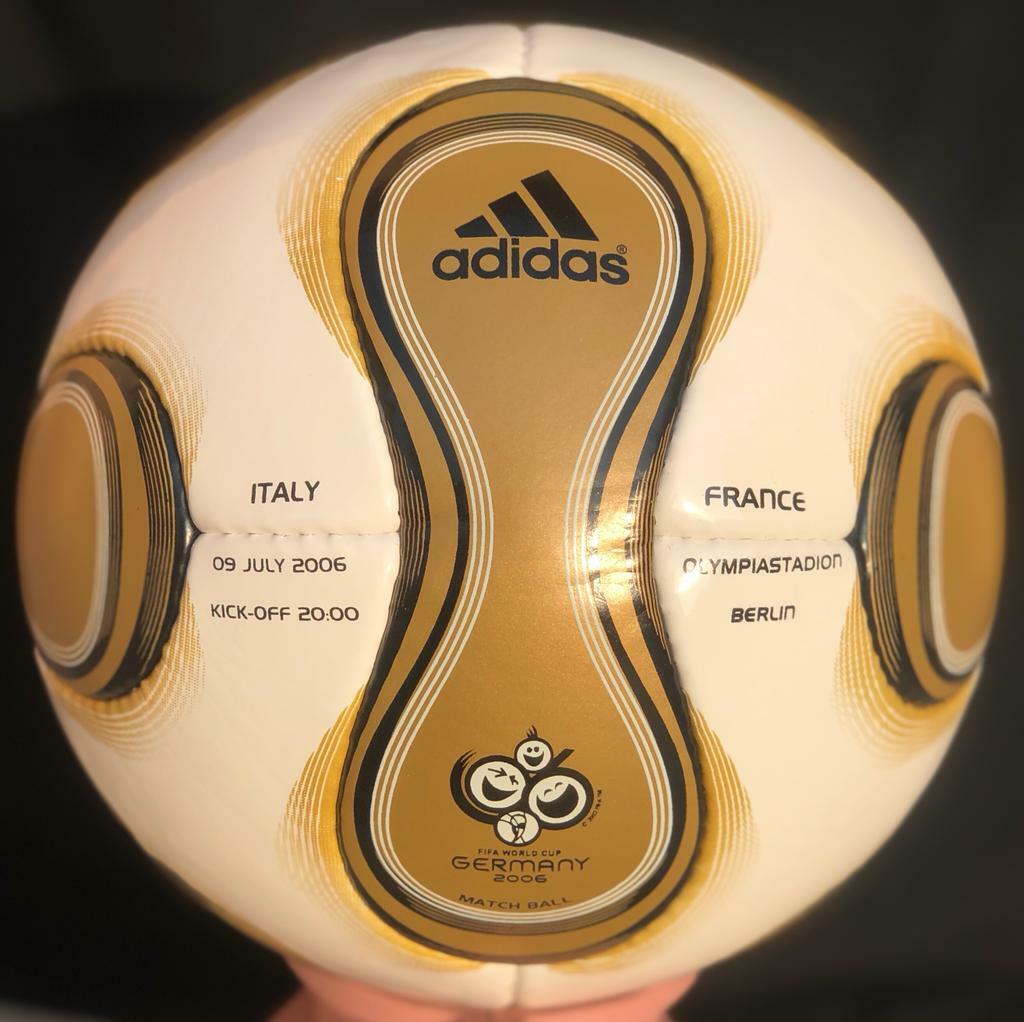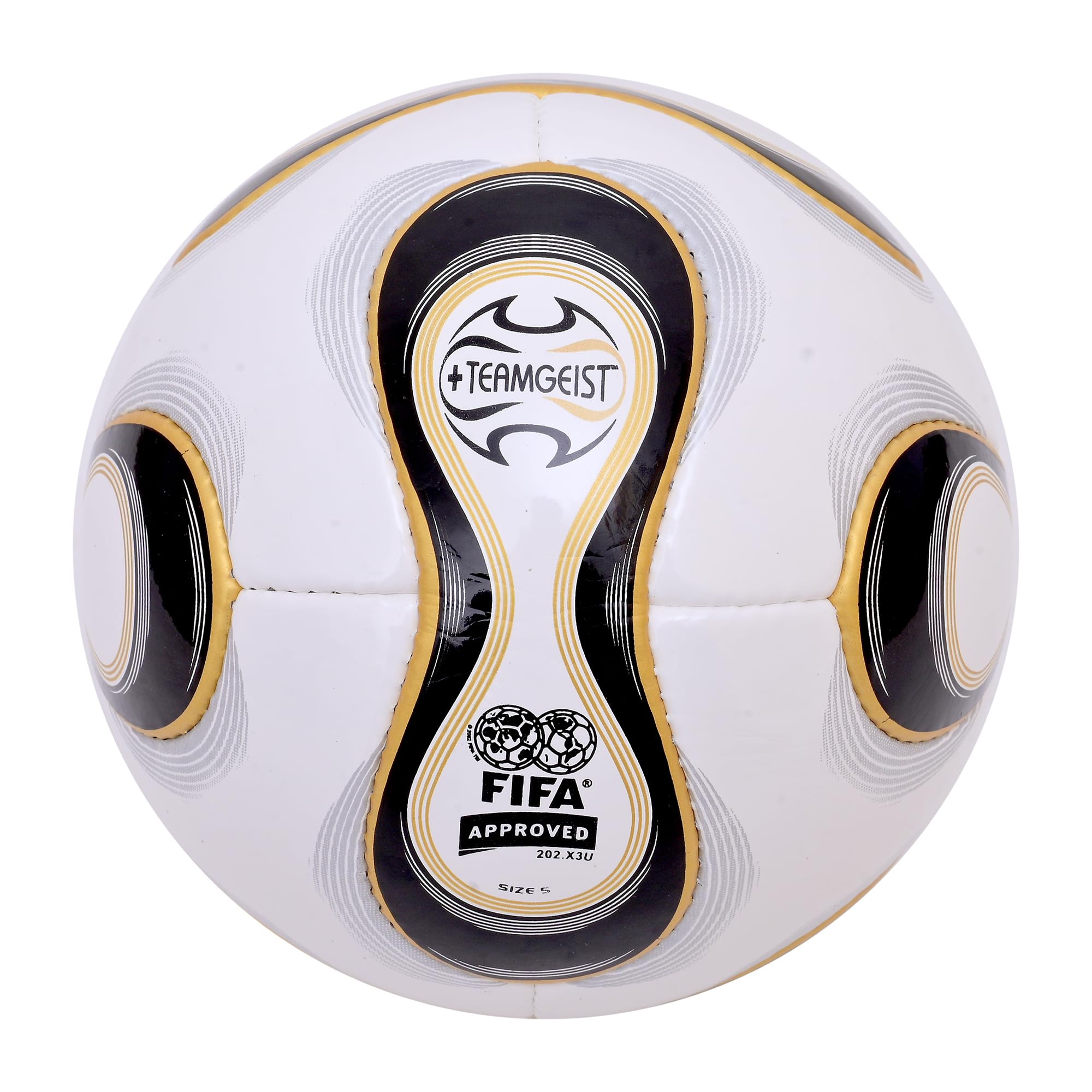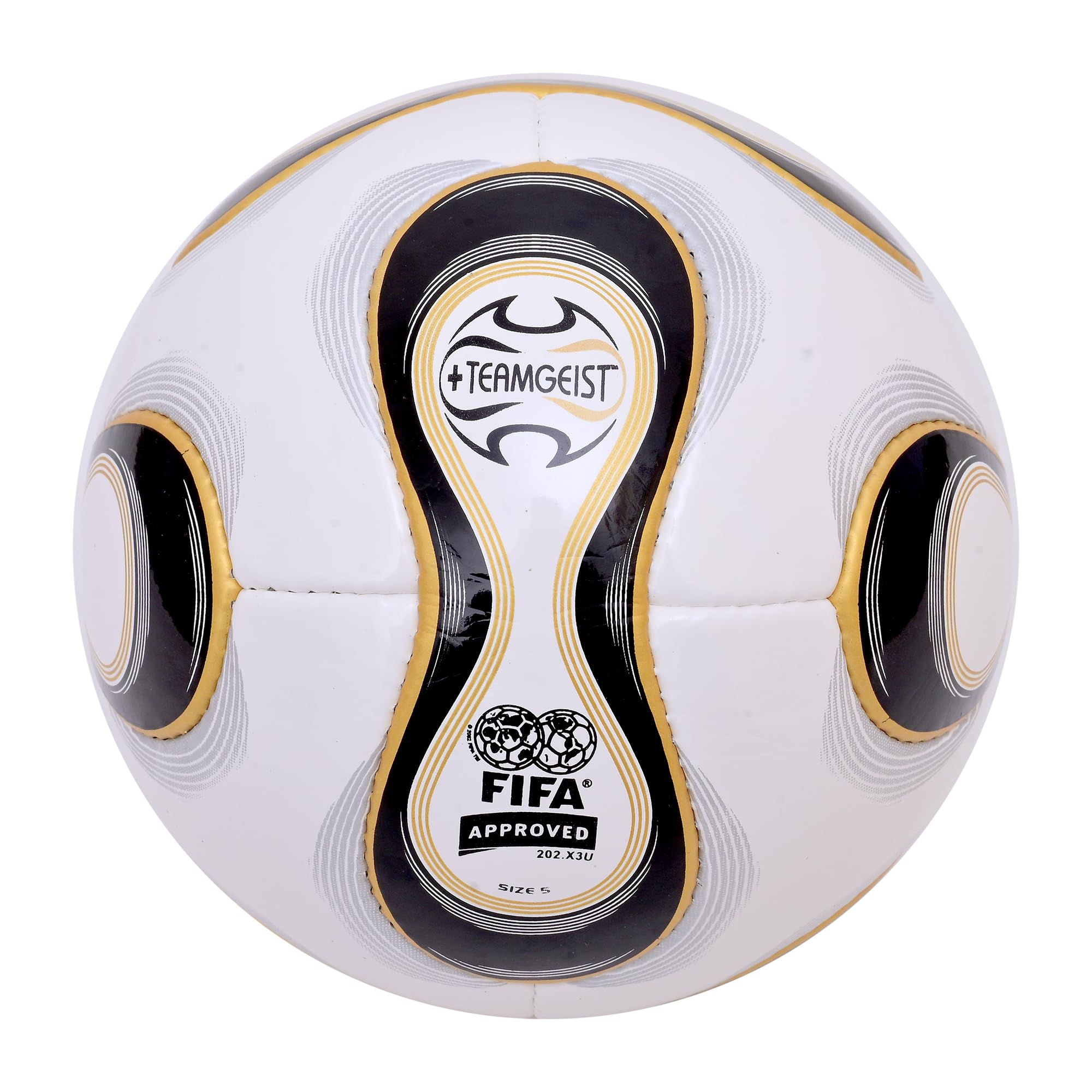The Eighteen-Year Search for the Teamgeist: Why I Spent Two Months Chasing a Plastic Sphere
Man, I gotta tell you, finding an authentic Adidas Teamgeist from the 2006 Germany World Cup is not just clicking a button on eBay. It’s a full-time, paranoia-inducing investigation. I didn’t start this thing looking for a collector’s piece; I started it because I needed to finally shut up a ghost from my past.

See, 2006 wasn’t a great year for me. I was 19, trying to scrape together cash for community college, and I had my priorities completely screwed up. The only thing that mattered was watching the games with my old man. He loved that tournament, even though he hated the ball. He kept calling it the ‘plastic frisbee.’ Anyway, the day before the semi-finals, he got hit with a surprise layoff. Massive stress. We were broke, fighting, and the whole atmosphere was just crap. I remember sitting there watching Italy vs. France, and I just blurted out, “I swear, when I finally make real money, I’m buying the real one, the one the players used, just so we can kick it in the yard and ruin it.” It was a stupid promise, but it felt important then.
I never bought it. College debt hit, I moved away, and frankly, I forgot that small, dumb promise for nearly two decades. Then, two months ago, I was cleaning out some storage boxes, and I pulled out the ticket stub from the one semi-pro game we ever went to together. Boom. The memory slammed back.
Step One: The Initial, Hopeless Scan
I figured this would be easy. Hop onto the usual sites, punch in “Germany 2006 World Cup Ball,” and click buy. What a joke. I immediately ran into the wall of fakes. You’ve got three categories of that ball online:
- The ‘Top Glider’ or ‘Replica’: These are dime-a-dozen, feel like hard plastic, and cost $30. Useless.
- The ‘Match Quality’: Better leather, closer panel construction, often labeled but not the actual official model.
- The ‘Official Match Ball’ (OMB): This is the beast. Thermal bonded, specific valve placement, usually has a production date stamp hidden somewhere. These start at $400 and go up fast.
I needed the OMB. Anything else felt like cheating the promise. But almost every listing was a glorified replica being sold by some dude in Eastern Europe claiming it was ‘mint condition retro.’ I spent a whole week just emailing sellers, demanding close-up photos of the valve area and the Adidas logo. Ninety percent of them just stopped replying.

Diving Deep into the Collector Abyss
I realized quickly I couldn’t trust the standard marketplace. I had to go where the weirdos lived. So I started hunting specific collector forums. I found a few obscure Facebook groups dedicated just to vintage World Cup balls. Talk about niche! These guys were brutal. They could spot a fake seam stitch from a low-res photo.
This is where I learned the specific difference between the Teamgeist and the later Teamgeist 2, which was used in the final. I had to make sure the ball had the correct tournament logo placement and wasn’t a repurposed version from a minor league setup.
I spent maybe ten days just observing these groups, trying to figure out who was legit. I saw two perfect OMBs pop up, both used by referees in practice sessions. Both sold within an hour for over $600. I was too slow.
Step Two: The Targeted Stalk and Acquisition
I adjusted my strategy. I stopped searching “where to buy” and started searching “private sellers Teamgeist.” This led me to a couple of old Reddit threads where guys had posted their collections years ago. I figured some of those collectors might be looking to offload some stock.

I messaged maybe twenty people whose posts were three or four years old. Most didn’t reply. But one guy, calling himself “Ball_Hunter_74,” hit me back. He was in England and apparently had three genuine OMBs, still boxed, stored since 2007. He was hesitant to sell. Why? Because the market is so infested with fakes, he had stopped trusting casual buyers.
This is where the practice part really kicked in. I had to convince him I wasn’t some scammer trying to pull the wool over his eyes. I literally created a document showing him all the fake listings I had dodged, detailing the subtle differences in the panel printing and the valve serial numbers. I used the knowledge I had absorbed from the forums to prove I knew what I was talking about. I practically wrote him a dissertation on why the 2006 ball was structurally flawed yet aesthetically perfect.
We negotiated for three days. He was asking $550 plus shipping. I talked him down a bit, but honestly, I was just relieved the search was over. We settled on $500 flat. The risk was still huge, buying from a stranger overseas, sight unseen except for pictures he swore were genuine.
Step Three: The Verification and Completion
The ball arrived last week. I paid extra for express shipping because I was so anxious. When I cut open the box, I was instantly relieved. The texture, the feel of the thermal bonding, the specific weight—it was perfect. I checked the serial number against the collector guides. It matched. This wasn’t a replica; this was the real deal. It even had that specific plastic-y smell only those vintage Adidas balls have when they’ve been stored correctly.

I know it sounds stupid, spending that much time and money on a football that will never be used in a real match, but pulling that ball out of the box, it wasn’t about collecting. It was about finally finishing that little, half-forgotten promise from eighteen years ago. Now, I just need to decide if I actually ruin it by kicking it around, or if I put it on a shelf. Probably the shelf. Too much effort went into this hunt to let it go flat now.
